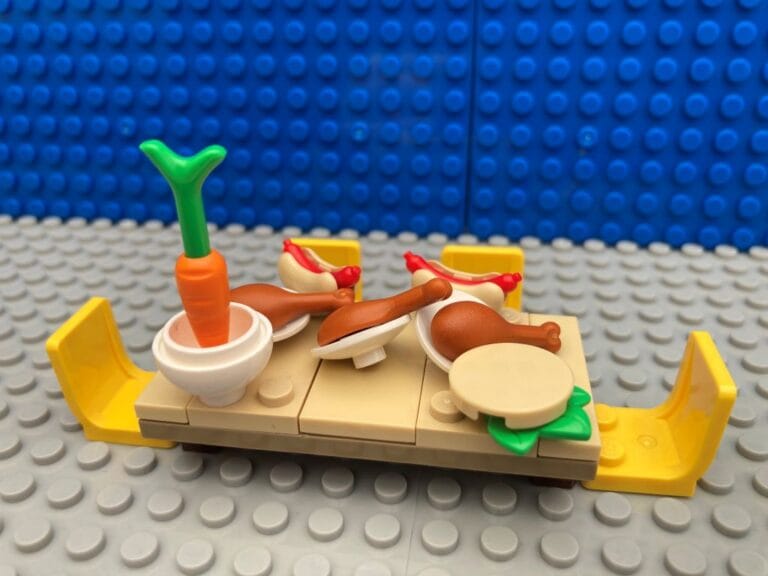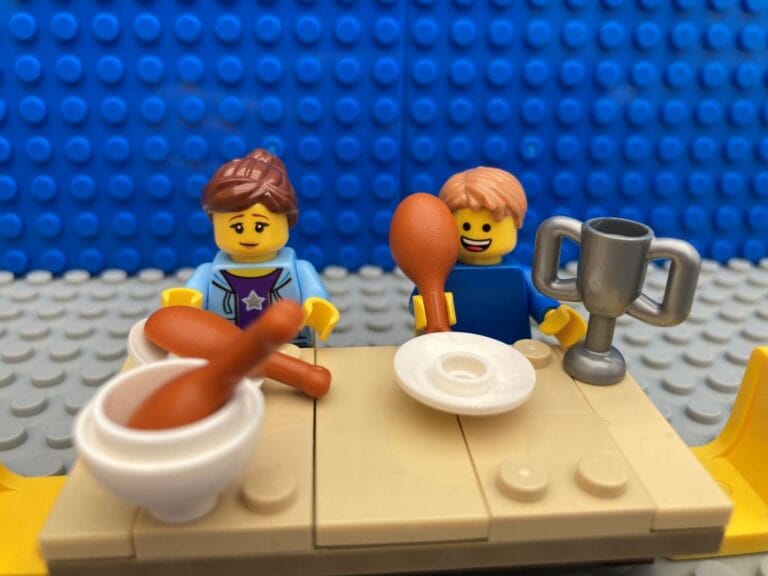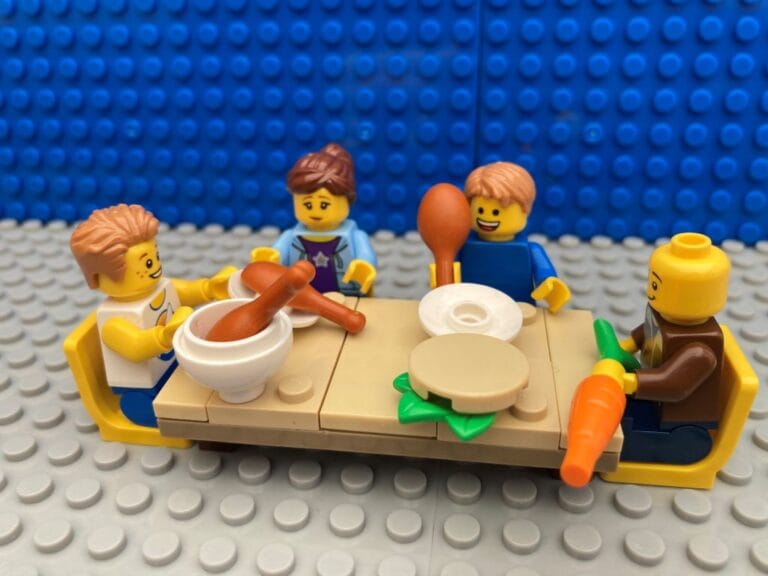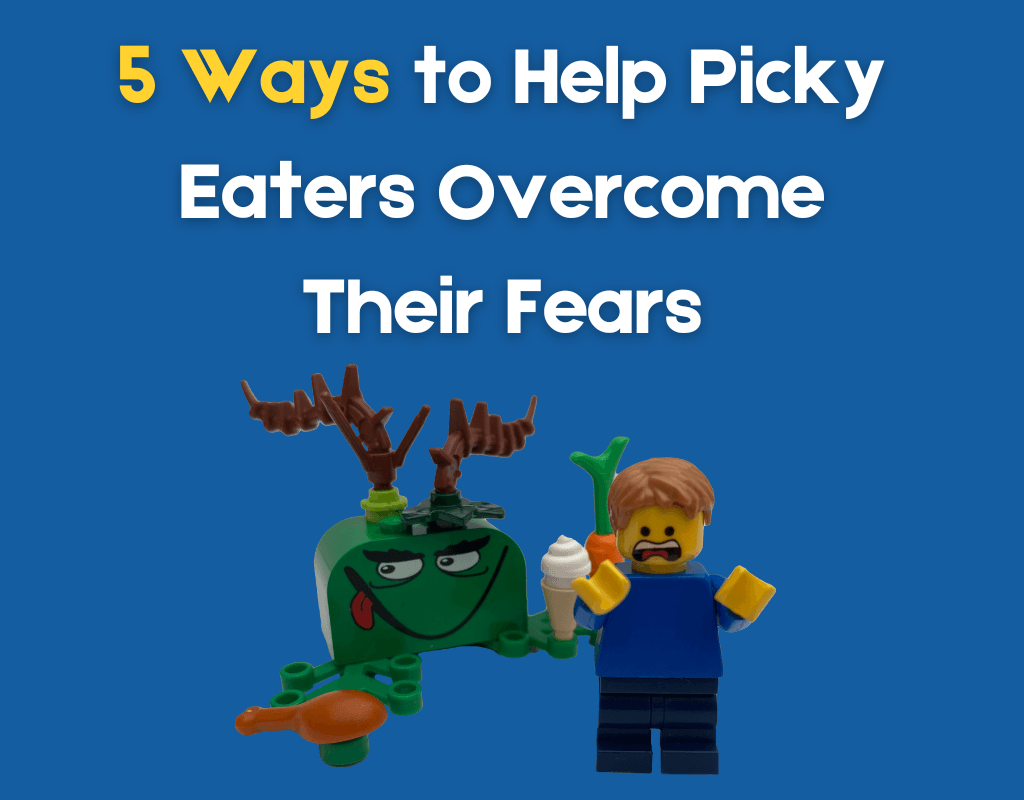Picky eaters, fussy eaters, food refusal – there is a never-ending list of labels that we attribute to our children when it comes to the dinner table. So in this article I’m going to focus on us – the grown-ups, the over-feeders, the vegetable salespeople, the helicopter chefs. How are we as parents influencing our “picky eaters”? How are we supporting our “fussy eaters”?
Read our difficult dinnertime story here.
5 Tips for Dealing with Picky Eaters at the Dinner Table
1. Lose the labels...
Your children are listening. They hear you moaning about their fussiness. They get bored of your nagging ‘just try a little bit’. They internalise your mantra that they just won’t eat that. They come to take refuge behind the label, hiding all sorts of more complicated feelings about food, eating, trying new things behind simply being a picky eater. So, let’s lose the negative language around eating and food. Stop labelling our kids in what they won’t or can’t do.
And why not try labelling the food instead. I once read an article that talked about the Safe-Strange-Scary Portion Method, which focused on labelling the food in a helpful, constructive way. You start by labelling which foods are safe, which foods are a bit strange and which foods are scary.
Shift the focus from your child being fussy, or the food being yucky. By using words such as safe, strange and scary, you are opening a whole new conversation about food with your child.

2. Lose the excess...
Less food is definitely more. If your child finds new or healthy foods overwhelming, scary, unpleasant then let’s not fill the plate with them. Try to find a balance between the good stuff, the bad stuff and the scary stuff. Talk to your child about what is on their plate and how they would define it.
Lose words like healthy, tasty, and ‘it’s good for you’. Start off small with a lick, nibble, or even just a touch. Praise the small and then you have somewhere to build from slowly. The Child Feeding Guide website says that is can take between 15 and 20 exposures of a new food before a child can even feel comfortable enough to put it in their mouth.
So don’t think of it as 15 to 20 failures before success – it’s 15 to 20 conversations about broccoli or fish. It’s 15 to 20 moments of connection with your child to show them that you care, that you support them in this area that they are finding it hard. So, keep it small – the portion size and the conversations.

3. Lose the past...
You might be from a generation that instilled this idea that you must clear your plate. You need to eat everything. With a fussy eater you need to throw this off the table right now. Lose the expectations from your own childhood.
Get to know your own child as an individual and portion their plates from there. Success is not an empty plate. Success is trying a ‘scary’ food. Success is knowing when you are full and stopping. Success is having bad food touch good food and still being able to take a bite. Success is not an empty plate.

4. Lose the 'other' dinner...
It’s a big temptation to have the standard oven fare on hand for every dinner that a fussy eater can’t or won’t attempt. But picky eaters will learn pretty quick to not even attempt the scary or uncomfortable if they know the safe and easy is an option.
So, set expectations and again start small. Let everyone know earlier in the day what is for dinner and that everyone is going to have the same meal. Have everyone eat the same dinner (at the same time if possible).
Do small portions with food separated if that’s one of your child’s triggers. Make safe foods the majority of the plate to start (even if that’s a piece of toast on the side of mashed potato and brocoli – you could also do this on your own plate as a way to encourage your child). This is your restaurant and it really doesn’t need to look fancy.
‘Try a bit of everything’ is a great way to start encouraging your child to engage with all areas on their plate. (and remember for some fussy eaters – touching, licking, nibbling – they are all successes)

5. Listen to their story...
Usually, I encourage you to share your story (and that still holds – the pain of failing to feed your child a variety of food is heartbreaking) but listening to them first might give you some great insight and power tools for the future.
Find out how they feel about that trigger food – how does it look? Squidgy, slimy, crunchy? How does it make you feel? Scared, excited, anxious. How does it feel on your tongue? Sweet, sour, soft, hard. What happens when foods touch each other? Steer answers away from yucky or yummy. Give them as many small successes as you can so you and your fussy eater can finally find some confidence at the dinner table.
If you feel your child’s fussy eating is out of control and you’ve lost all hope – please don’t struggle on alone. Seek advice from a medical professional or a parenting support group.
More Information for Parents of Picky Eaters
Picky eaters are all different and finding the right approach for your child is hard. Here are a selection of articles to help get the whole family eating together again:
DISCLAIMER: The Lego Group of Companies does not sponsor, authorise or endorse this site.

